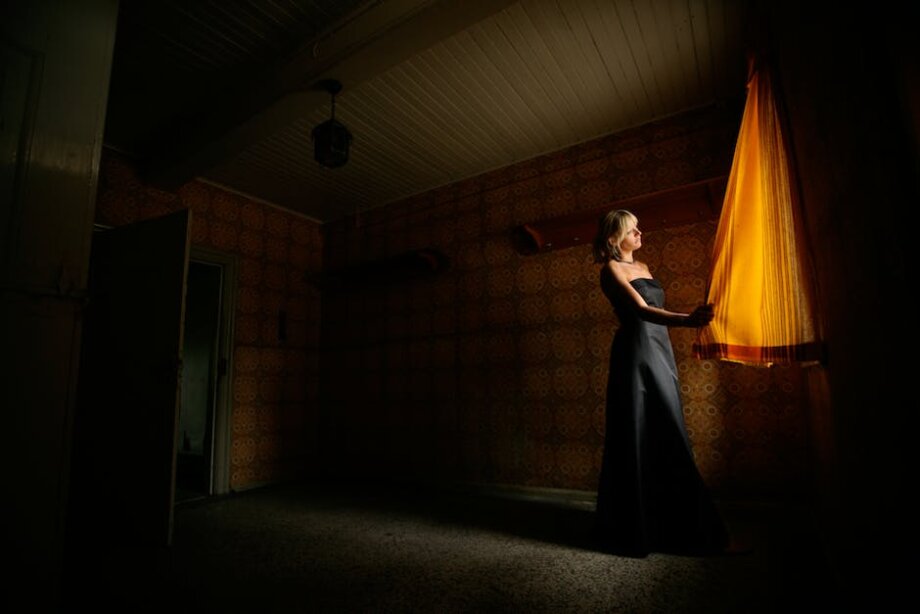Introduction to Minimalist Interior Design
Minimalism as a design ethos is a reaction against excess. It’s about stripping away the unnecessary, and creating spaces that are clean, serene and free of clutter. Minimalist interior design is not simply about having less. It is about making room for more of what matters. It embraces functionality and simplifies living by eliminating the unnecessary, retaining the essential and ultimately, enhancing the aesthetics and ambiance of a space.
In the purest form of minimalism, spaces are characterized by simplicity, linearity and functionality. They embody crisp lines, simple color palettes, natural materials and sparse furniture. Believing in the adage ‘less is more,’ minimalist design promotes a sense of tranquility and elegance that resonates even in its barest and simplest form.
The Appeal of Minimalist Design
Minimalist design has captivated the mainstream for decades due to its unparalleled appeal. Interior designers and homeowners alike appreciate its aesthetics that highlight the beauty found in austerity and brevity. Minimalism champions functionality, embraces simplicity and frees space of visual clutter by employing thoughtful and intentional use of elements.
The calming manifestation of minimalist design provides a refuge from the chaos of fast-paced modern life. It offers respite and relaxation, creating a soothing environment that nurtures wellbeing and mindfulness. The aesthetic clarity that it provides promotes healthier living conditions, mental clarity and tranquility for its inhabitants.
Key Principles of Minimalist Design
To create a minimalist interior, it is essential to understand its guiding principles. The primary principle of minimalist design revolves around the concept of “less is more.” This philosophy encourages designers to prioritize functionality and simplicity over excess and ostentation.
Another principle is the restrained use of color. In minimalist design, color palettes are usually monochromatic or neutral in order to create a clean and abstract atmosphere. Stark contrasts, such as black and white, are also often employed to promote aesthetic harmony and balance.
Minimalist design also pays great attention to natural light. A minimalist room often has large windows, clean lines and a lack of window dressings, allowing natural light to pour in. Natural light not only makes the space feel larger but also highlights the beauty of the few well-chosen pieces in the room.
Lastly, minimalist design emphasizes quality over quantity. It values the importance of each piece of furniture or decor, encouraging the use of fewer but higher-quality items that serve a specific purpose.
The Role of Furniture in Minimalist Design
Furniture plays a pivotal role in determining the essence of minimalist interior design. Sparse use of furniture helps maintain a clutter-free environment, and the selected pieces should have a functional purpose. Furniture with simple, clean lines and in neutral colors is generally preferred in minimalist spaces.
Every piece introduced to a minimalist space needs to serve a purpose and must be proportional to the scale of the space. The objective is to retain an open layout with plenty of room for movement and air to circulate. Furniture in minimalist design is often used as a visual anchor that complements the room without overwhelming the space.
The Art and Soul of Minimalist Design
The soul of minimalist design lies in its artful blend of simplicity, functionality, and beauty. While it might seem easy to just discard items to create a minimalist home, true minimalism requires careful thought and design. Every element chosen for a minimalist space, from paint hues and textures to architectural elements and chosen furnishings, is carefully considered and must harmonically merge into the home’s overall design.
It represents an artfully curated environment where every piece has a role, every color has a purpose, and every corner has a function. Minimalism embraces the concept of designing around the inhabitants of a space, highlighting a harmony between the home’s aesthetics and the lifestyle of its occupants.
Conclusion: The Beauty of Minimalist Interior Design
Minimalist interior design is a celebration of simplicity and functionality. It is about deliberately creating a space that aligns your habits, your lifestyle, and your personal aesthetic. Minimalist spaces are not about absence, they are about precision, quality, and authenticity. It is the perfect design approach for those seeking serenity, clarity, and harmony in their physical surroundings.
In conclusion, the minimalist design engages the principles of simplicity, purpose, and elegance, making every element count. The method involves intricate decision-making processes that determine the purpose and aesthetic unity of each component. The finesse and sophistication of minimalist design lie in the subtlety of clean lines, the drama in contrasts, and the liveliness in the purposeful emptiness.
